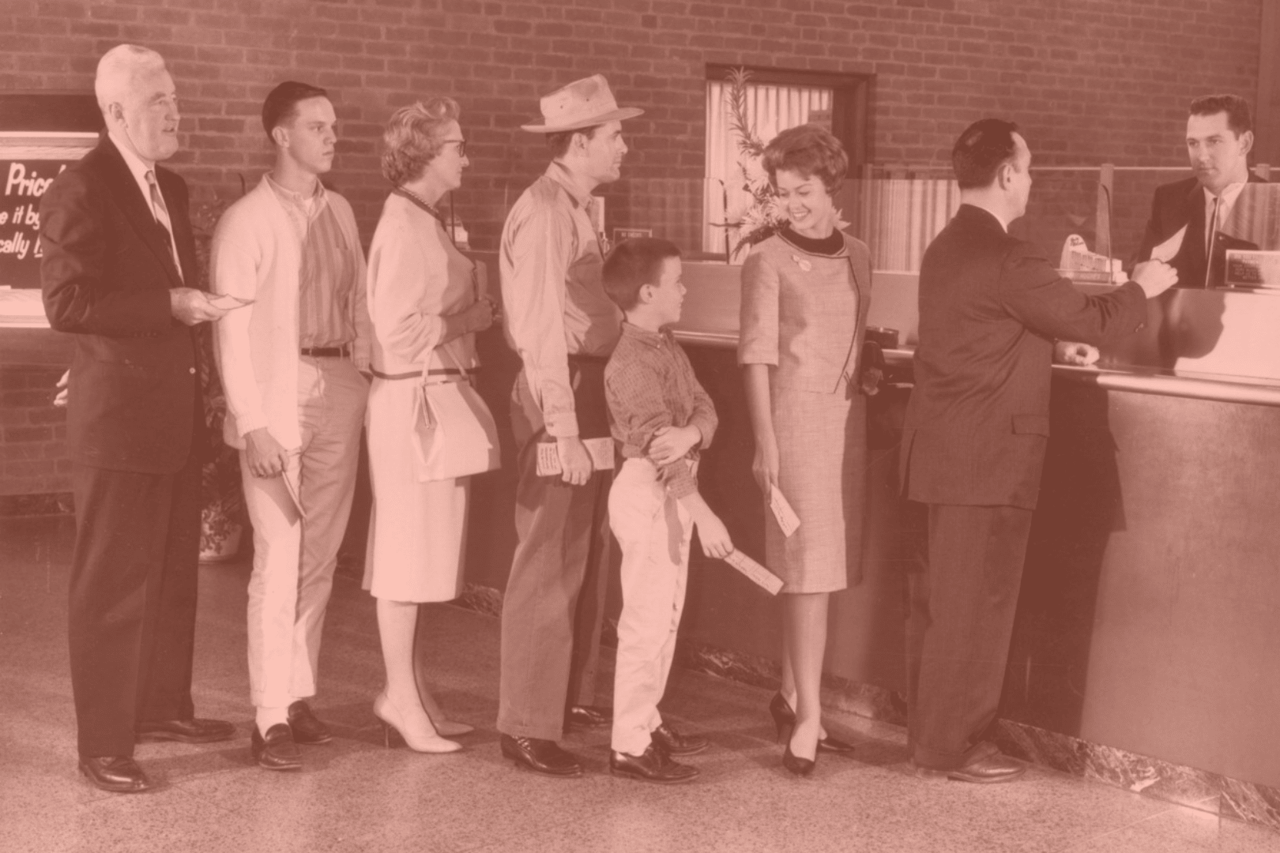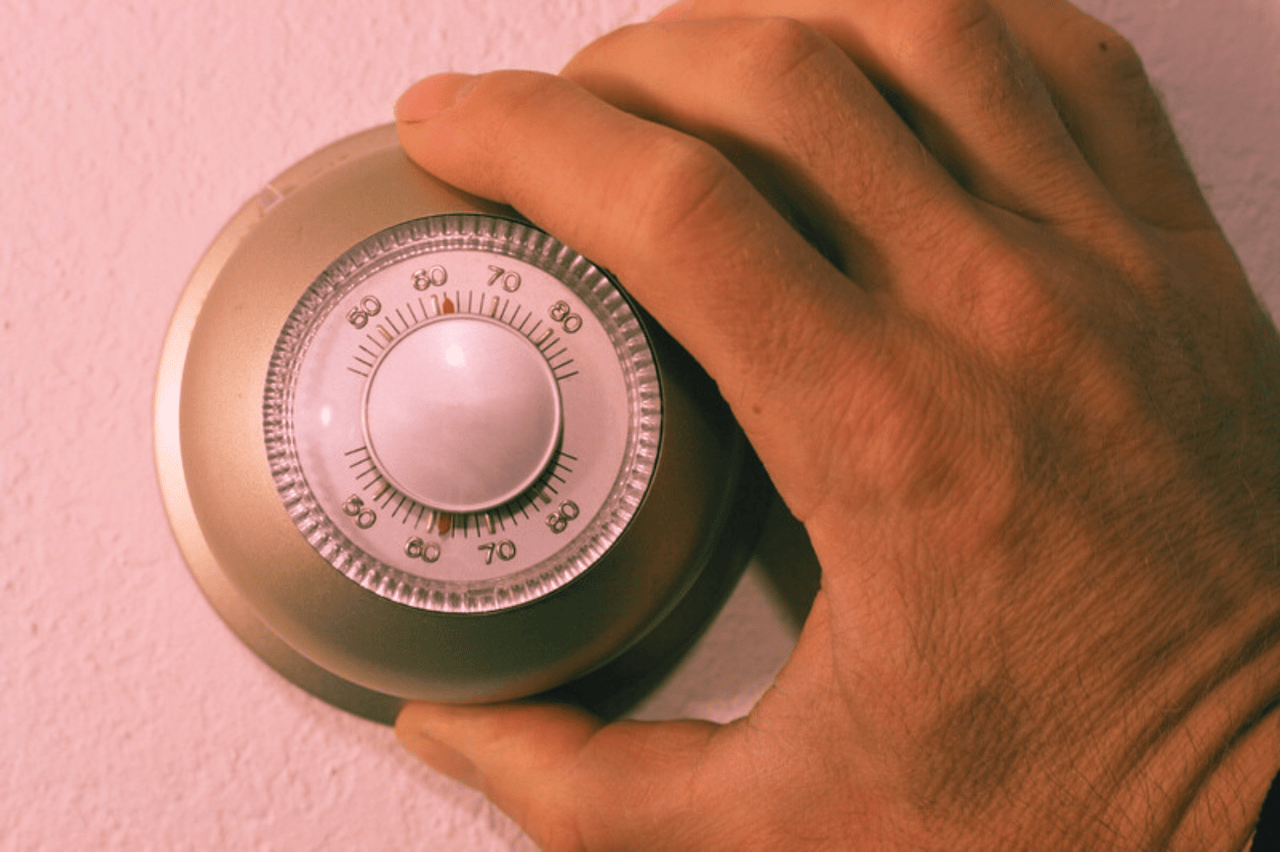What Are Adjustable Rate Mortgages?
Jason O'Neil | October 28, 2022

Jason O'Neil | October 28, 2022

This is a question many home buyers are facing in the wake of rising interest rates this year.
Between the FED raising interest rates almost three-quarters of a percentage point (the most since 1994) and demand for housing across America exploding, potential buyers are standing in front of some major financial walls that can hold them back from purchasing a home.
Which brings us back to the same question, why would you get a 30-year mortgage?
Consider this—do you actually think you will live in your house for the entirety of 30 years?
Chances are probably not—and there are stats to prove it. According to NAR the average duration for home ownership in the U.S. is 13 years—that’s not even half of a 30-year fixed mortgage.
So what other options are out there for home buyers?
The answer is actually pretty simple and it starts with Adjustable Rate Mortgages.
There are two types of loans that all home buyers can apply for: fixed-rate mortgages and adjustable rate mortgages.
Fixed Rate Mortgage: A fixed-rate mortgage has an interest rate that remains the same throughout the entire life of the loan. Fixed-rate loans are a very popular form of financing because they offer predictability and stability in that you will not see changes in your monthly mortgage payment. What you pay on Day 1 is the exact same that you will pay in 5, 7, or even 10 years.
Adjustable Rate Mortgage: adjustable rate mortgages (ARM) are loans with an interest rate that can change periodically, meaning the payments range up and down. In most cases, the beginning interest rate is lower than that of a comparable fixed-rate mortgage. The difference is that after your established term ends, the interest rate and your payment can be higher or lower than before.
While many first-time buyers usually go the route of a fixed-rate mortgage, Adjustable Rate Mortgages can sometimes be advantageous for the right folks.
Simply put, ARM loans allow buyers to pay a fixed rate for a shorter period of time, without having to worry about the increase in the rate during their term.
There are three distinct advantages to getting an ARM Loan.
First, it’s a chance to start at a lower rate for an initial period of the loan, usually 5-10 years. Because this rate is established for a shorter period of time, it makes it significantly lower than a fixed-rate 30-year mortgage.
Imagine it like this, instead of paying $3,500 a month for 30 years, your payment could be $2,200 a month for 7 years.
The second advantage of ARMs is that they increase cash flow up front, allowing the buyer to get more home for their dollar. Oftentimes with fixed-rate mortgages, the initial number is very high resulting in the buyer limiting themselves on options due to cost. When you go the ARM route, the initial payment during your term is lower, giving you some extra Benjamins to spend on the buy.
The third advantage to ARMs is that you can use the money saved up front on payments to slowly work away on the principal. While this is something that you can do with a fixed-rate mortgage as well, the likelihood of having extra cash to drop the principal down is slim.
On the other hand, if you are paying significantly lower on your monthly because you have an ARM, you can then use the money saved to pay off the principal over time. This will lead to better opportunities to refinance when your initial term is up.
ARMs are a double-edged sword and there are some disadvantages to getting one depending on your circumstances.
First, by starting an ARM, you become subject to market volatility and unpredictable interest rates down the road like what we are experiencing today. For example, there are folks who started a 5/1 ARM loan back in 2017 that are now paying more for their loan than they ever had before and that is due to the dramatic rise in interest rates over the last year and a half.
Similarly, if the rates increase dramatically the buyer could find themselves in a position unable to pay their monthly bill. While there is a cap limit to each ARM—never more than 5% in the lifetime of the loan—borrowers can still find themselves in a deep hole if the rates jump big time and their income doesn’t.
Even something as simple as a 2% jump in rate could increase payment by over $600 a month!
This is the big question most people ask me—"how do I know if an ARM is right for me?"
Under most circumstances, I would tell both first-time buyers and seasoned buyers to consider an ARM because it can lead to long-term savings overall, but, not everyone may be the right fit for an ARM.
ARMS are great for people who have some financial give and the ability to flow with the market. If you are liquid-heavy and have the ability to deal with the change in your rate after the established term, these loans can save you money on the front and back end, especially if you pay off part of the principal as you go.
Similarly, if you are a market-watching maniac and see that rates are high now with the potential to drop later on, you can pay less during your initial period, then when it is over, refinance and save on a new loan while keeping your established fixed-rate.
On the other hand, ARM loans are not good for those who take on larger sums of debt that aren’t paid off quickly. For example, if you’re already in debt with school loans or a business loan, starting an ARM wouldn’t serve you well because if the rate jumps higher than before, you might not be able to pay the new rate after the initial term.
If you are considering an ARM loan ask yourself these two questions…
There you have it: everything you need to know about Adjustable Rate Mortgages. Now if you’re looking to jump into your first ARM and have questions, feel free to drop me a line here and I’ll be happy to walk through them in more detail with you.
Until next time…
Stay up to date on the latest real estate trends.

Local Spotlight
Jason O'Neil | October 7, 2024
Carmel’s Newest Italian Destination

Buyers
Jason O'Neil | October 24, 2023
How do you navigate today's real estate market?

Buyers
Jason O'Neil | August 16, 2023
Make sure that your DoorDash and Amazon packages don't go to your old address!

Sellers
Jason O'Neil | August 4, 2023
Ensure a Smooth Transition Without Sacrificing your Privacy

Sellers
Jason O'Neil | July 20, 2023
What to Expect Prior to your Home Being Inspected

Buyers
Jason O'Neil | June 14, 2023
Try this next time you really want that home

Agents
Jason O'Neil | January 13, 2023
All it takes is one afternoon

Agents
Jason O'Neil | January 6, 2023
Throw it in the garbage!

Buyers
Jason O'Neil | December 23, 2022
It might be just what you need
We believe that satisfying the customer is simply the minimum requirement for staying in business. We work constantly to improve our systems, processes, and services to go well beyond the standard level of service provided by most agents.